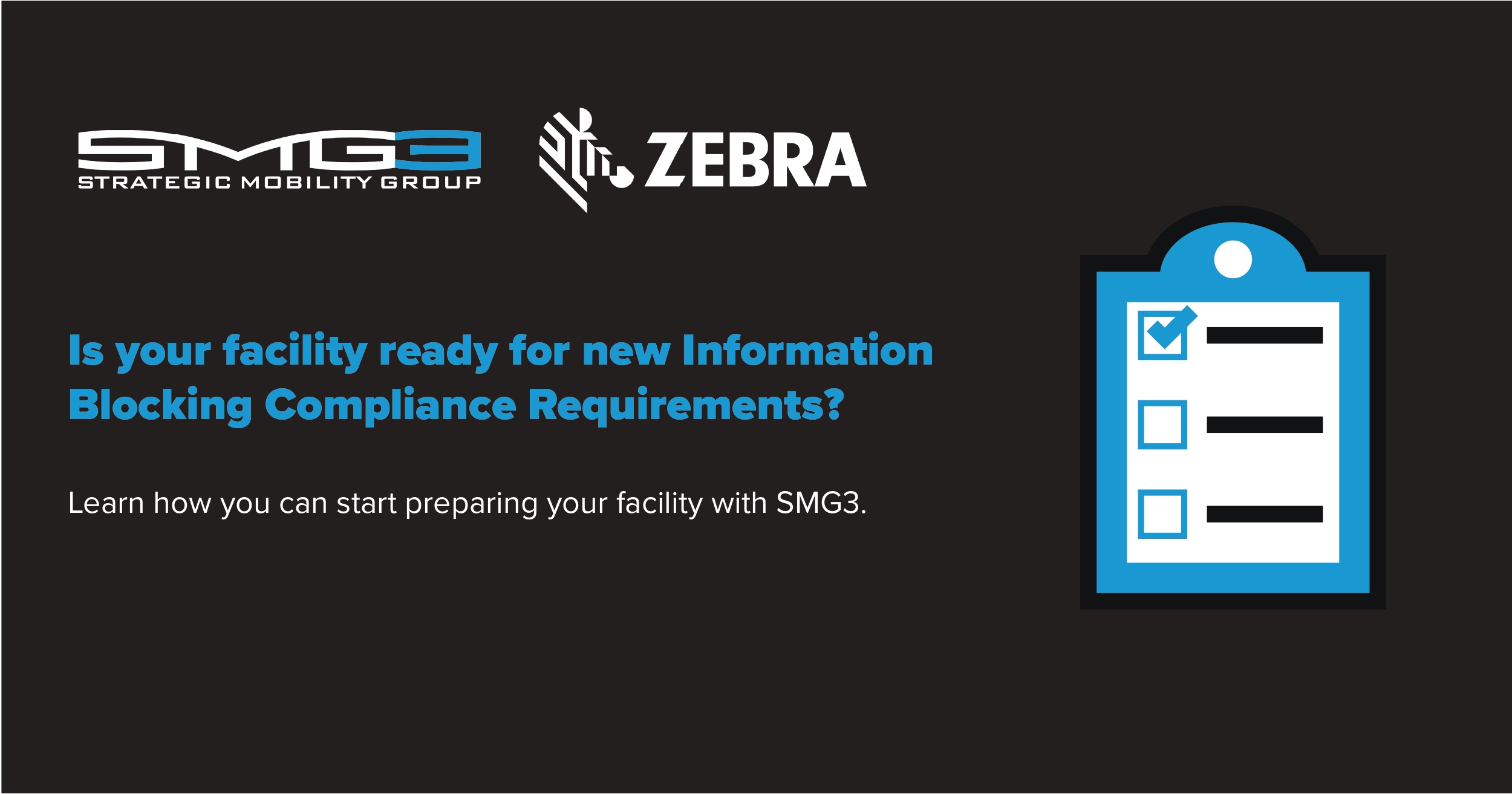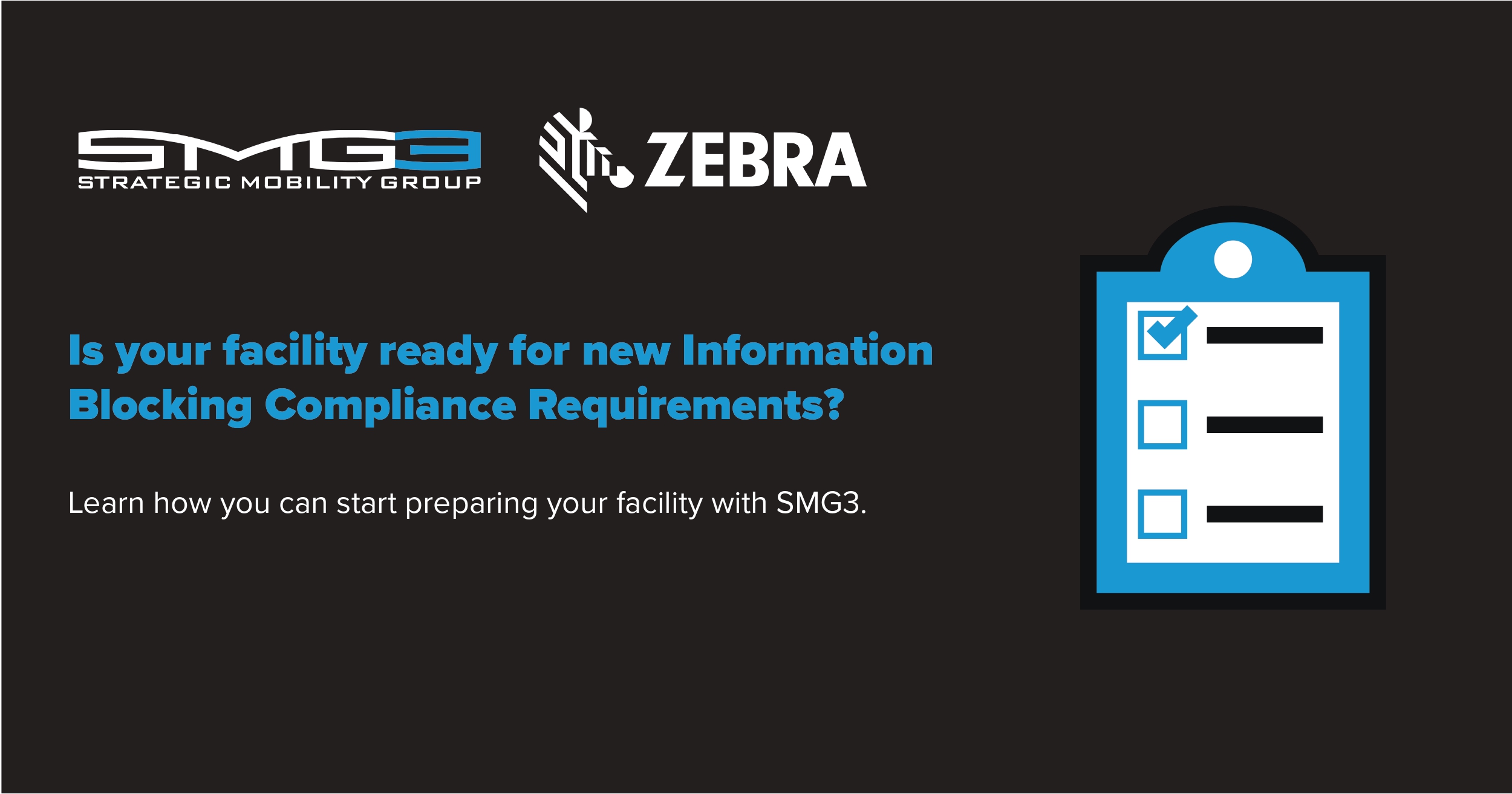How will New Information Blocking Compliance Requirements Impact EHR Sharing?

Quality care hinges on clear communication between healthcare providers, administrators, and patients. Unlike other industries, gaps in communication within healthcare can be detrimental and at times fatal if left unchecked. It is estimated that nearly 80% of serious medical errors are linked to miscommunication between treatment teams. Therefore, new information blocking compliance requirements aim at reducing gaps by providing patients and caregivers with vital care information quickly and safely. However, due to mass digitization across healthcare centers, safely sharing data outside hospital walls can be challenging. Approximately 2 million individuals have been affected by cyberattacks in healthcare this year alone since hospitals and caregiving facilities remain top targets for cybercriminals. EHR-sharing applications and software hosted by third-party developers pose a higher risk for cyberattacks; nevertheless, failing to comply with new regulations can result in up to $1 million in fines per violation as well as the following consequences:
- Reputation damage
- Further compliance costs
- Sudden high volume of information requests
- Exposure to unexpected liabilities upon closer inspection
While the DHS Office of Inspector General (OIG) has stated it will not yet penalize innocent mistakes, healthcare facilities should revisit their EHR systems to ensure they are secured against breaches yet flexible for seamless digital sharing.
3 Questions You Need to Ask Your Current Systems
Information blocking has now been defined as an action that “is likely to interfere with the access, exchange, or use of electronic health information (EHI), except as required by law or specified in an information blocking exception” according to the Office of the National Coordinator for Health Information Technology (ONC). With this definition in mind, healthcare IT teams should focus on the following three components when reevaluating EHR sharing systems:
- Is my operating system updated?
Your operating system plays a crucial role in virtually every workflow. Therefore, consider choosing an OS currently supported by recurring security patches and updates such as Android for Enterprise. Not only does Android minimize onboarding times, but it is also consistently upgraded to fight against today’s cyberattacks and bugs.
- Will third-party apps connect with my system?
While an EHR system may be widely accepted within your facility, it now must be easy to follow for your patients. Working with an open app ecosystem can empower app developers to create a system that communicates seamlessly with your data management technologies. Facilities leveraging automated data capture are a step ahead since data enters your workflow digitally from admission to discharge. Once your data capture devices are connected to your sharing system, it will be simpler to enable real-time alerts and changes visible to both caregivers and patients.
- How long will it take to update legacy/outdated systems?
New compliance regulations have gone into effect on October 6th, which means facilities have little time to waste on complex upgrades. Intuitive systems such as modernized clinical devices and healthcare tablets minimize learning curves by leveraging familiar interfaces for user-friendly functionality. For example, Zebra’s TC52-HC mobile computer captures versatile workflows like scanning, nurse communication, and emergency alerts while adapting to any EHR software on a touchscreen interface.
These are just a few of the ways facilities can prepare technologies to implement new regulations. To learn more about customized digitization and data safety, reach out to our modernization specialists for a closer look into healthcare optimization.
